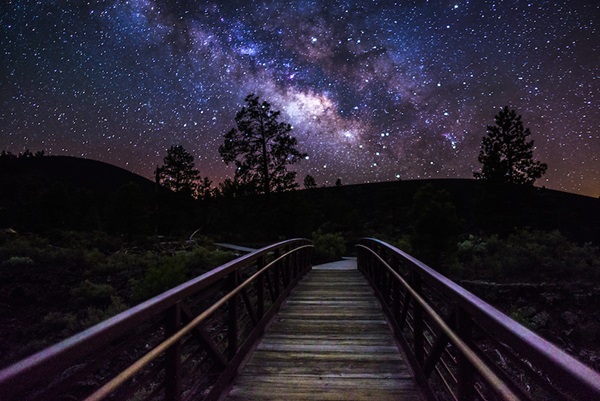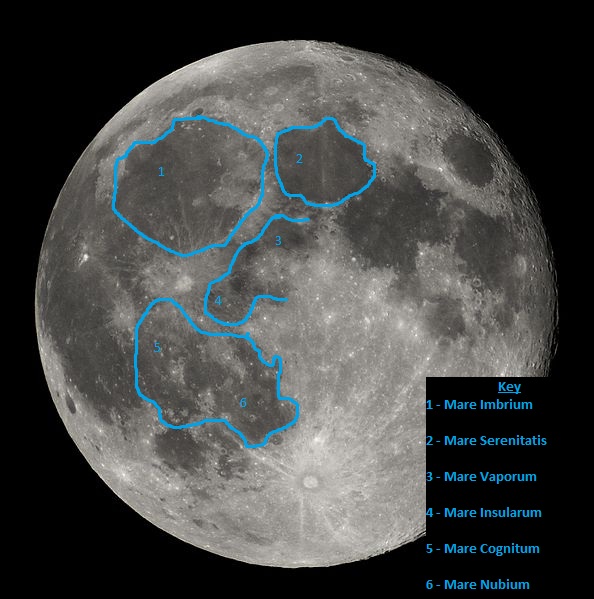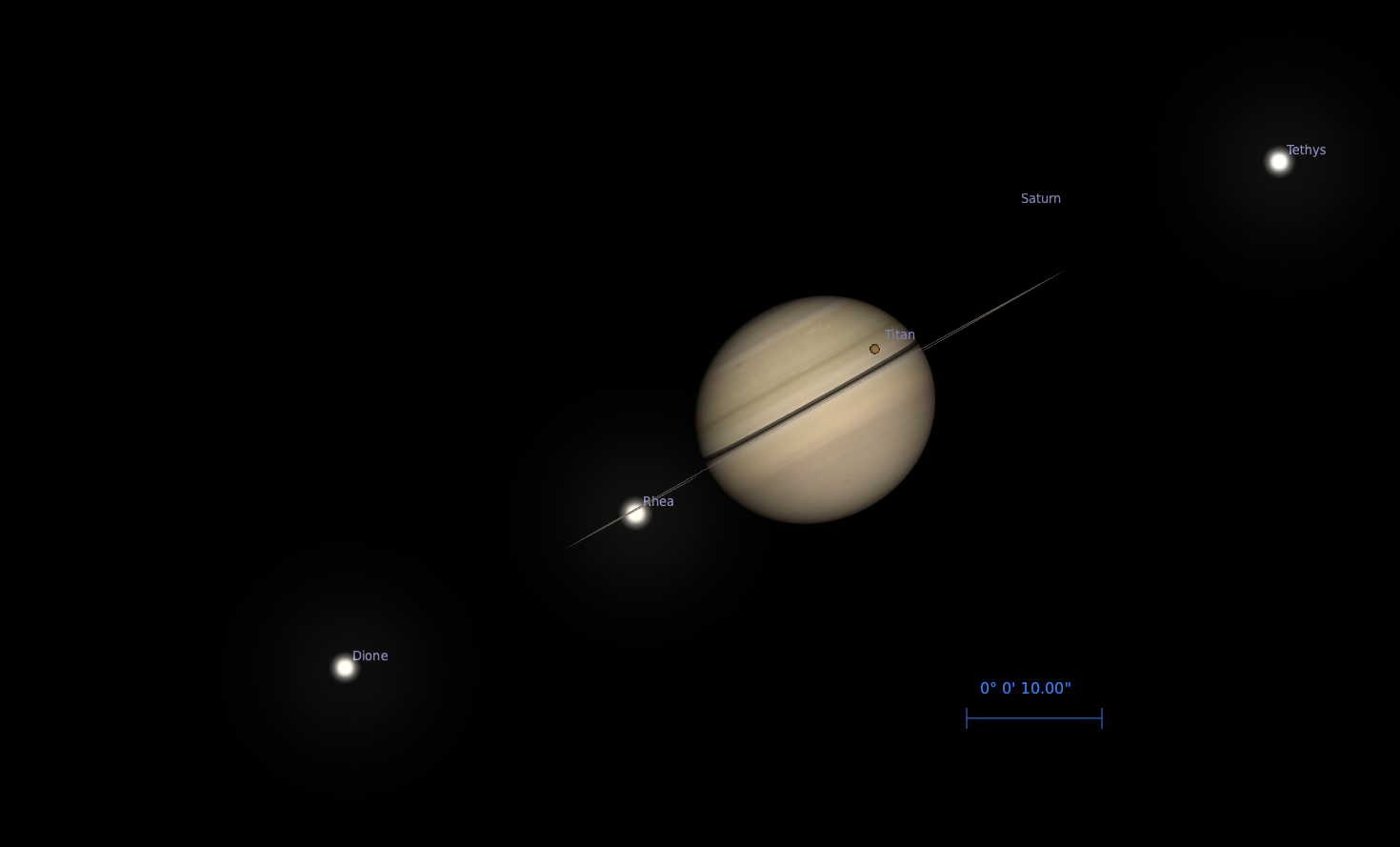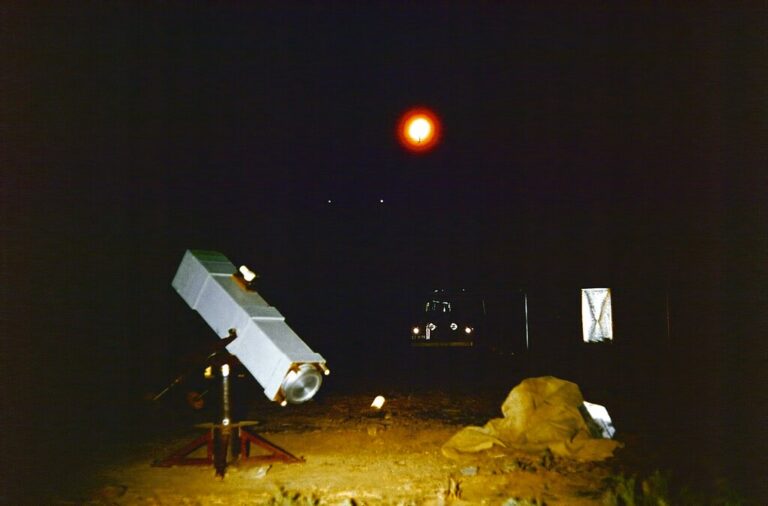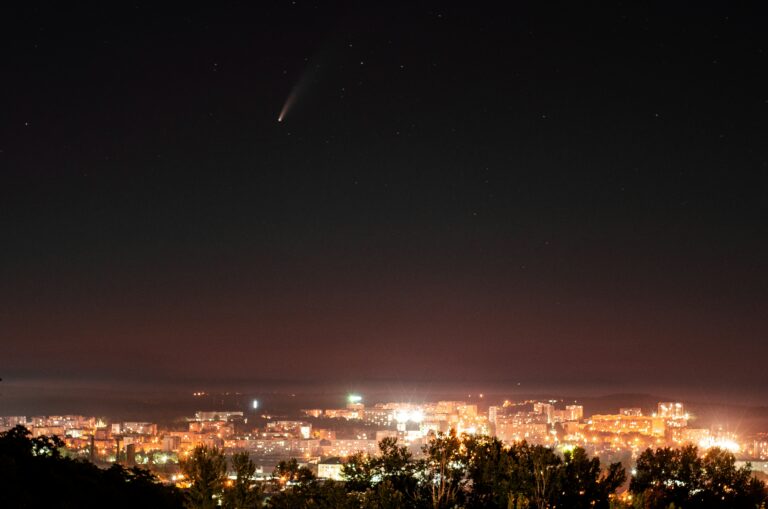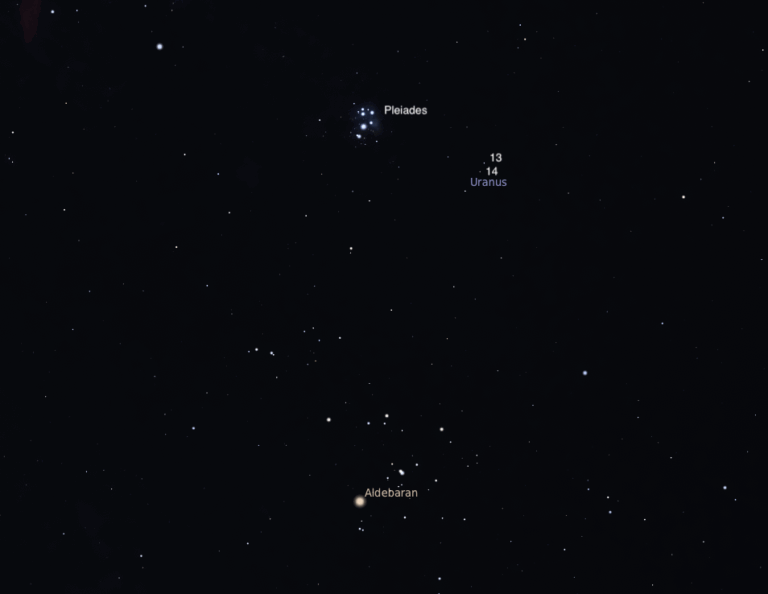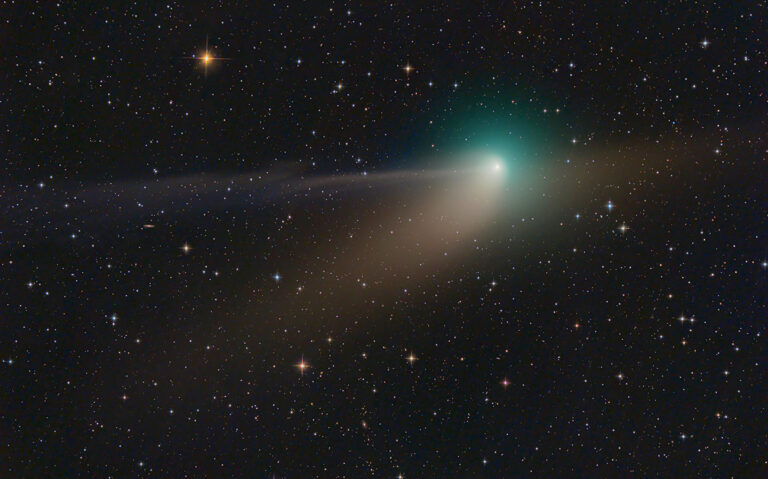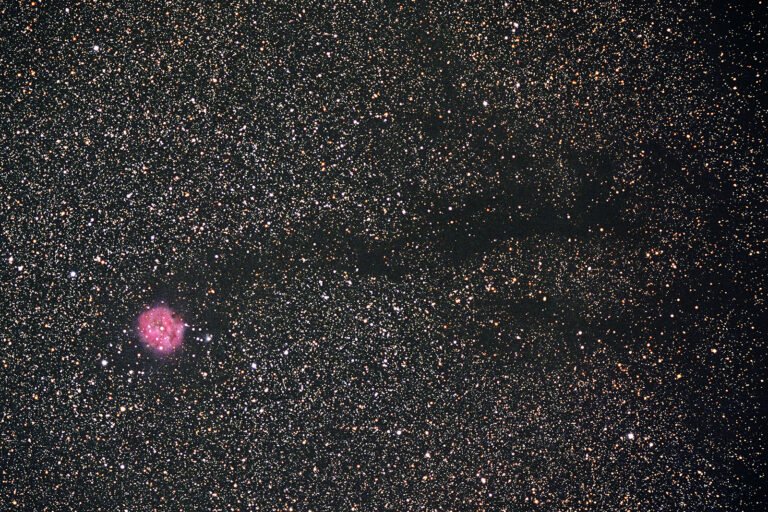Key Takeaways:
Venus peaks at magnitude –4.8 this evening, shining brighter than at any other time during this evening apparition. (The difference is essentially imperceptible, however — it appears only a thousandth of a magnitude brighter today than it did yesterday or will tomorrow.) Venus lies only 5° high in the southwest a half-hour after sundown, however, so you’ll have to look for it from a site with an unobstructed horizon. As the inner planet swings closer to a direct line between the Sun and Earth, its telescopic appearance changes quickly. Tonight, Venus’ disk spans 40″ and appears about one-quarter lit.
Saturday, September 22
With the days growing shorter and kids back in school, it shouldn’t be surprising that summer’s reign is just about over. The warmest season comes to an official close at 9:54 p.m. EDT, when Earth reaches the autumnal equinox. This marks the moment when the Sun crosses the celestial equator traveling south. Our star rises due east and sets due west today. If the Sun were a point of light and Earth had no atmosphere, everyone would get 12 hours of sunlight and 12 hours of darkness. But the air and finite size of our star make today a few minutes longer than 12 hours.
Sunday, September 23
Uranus reaches opposition one month from today, but it already has become a tempting evening target. The ice giant world rises before 9 p.m. local daylight time and climbs some 30° above the eastern horizon by 11 p.m. The magnitude 5.7 planet lies in southwestern Aries, 12° south of the Ram’s brightest star, 2nd-magnitude Alpha (α) Arietis. Although Uranus glows brightly enough to see with the naked eye under a dark sky, binoculars make the task much easier. A telescope reveals the planet’s blue-green disk, which spans 3.7″.
Monday, September 24
Full Moon occurs at 10:53 p.m. EDT. At that moment, our lone natural satellite will lie 245,106 miles (394,460 kilometers) away. At this time, the Sun stands high above the lunar surface, a condition similar to midday here on Earth. Shadows at this time are shortest, so you’ll actually see the least amount of detail during Full Moon. That said, two features actually stand out better at this time: the lunar maria (seas) and lunar rays. In the first case, lava on the floors of the maria appears much darker than the surrounding highlands, so the contrast between the maria and the highlands is highest at Full Moon. In the second case, sometimes a dark surface covers lighter material. If, as has happened millions of times, a meteor hits the Moon, the impact can splash some of what’s underground across the landscape. And the bigger the meteor, the longer and brighter the splash. Astronomers call such ejecta “rays.” Most resemble the spokes of a wheel and extend for many times their crater’s diameter. And Full Moon is the best time to view them.
On Mars, the planet wide dust storm is abating, so surface features are once again within reach of a 6-inch or larger telescope. During moments of good seeing, Mars resolves into a patchwork of dark and bright markings. From North America, viewing the Red Planet this evening reveals that Syrtis Major, the darkest feature on Mars, lies near the martian central meridian. The bright Hellas Basin, the planet’s lowest-lying region, sits just south of Syrtis Major. And by month’s end, the dark, fingerlike extension of Mare Cimmerium appears at the center of the disk.
Wednesday, September 26
Speaking of Mars, as darkness falls tonight, look low in the south-southwest for magnitude 1.1 Antares (Alpha Scorpii) and compare it to magnitude –1.7 Mars, which lies in the south within the boundaries of the constellation Capricornus. You’ll note that both objects have a reddish hue, and that tips us off as to why the star carries its common name. “Antares” is a Greek combination of “anti” and “Ares” — literally, the “rival of Mars” or, according to some translations, “equal to Mars.”
Thursday, September 27
Look halfway up in the east after darkness falls this week, and you should see one of autumn’s most conspicuous star groups. The Great Square of Pegasus stands out in the evening sky at this time of year, though it appears balanced on one corner and looks more diamond-shaped. These four almost equally bright stars form the body of Pegasus the Winged Horse. The fainter stars that form the rest of this constellation’s shape trail off to the square’s west.
Friday, September 28
The variable star Algol in Perseus reaches minimum brightness this morning at 12:58 a.m. EDT. If you start watching the star once the sky darkens Thursday evening, you can see it dim by 70 percent over the course of about 5 hours. (Astronomers would say its brightness drops from magnitude 2.1 to 3.4.) This eclipsing binary runs through a cycle from minimum to maximum and back every 2.87 days. Algol rises slightly before sunset tonight and appears highest in the sky when it reaches minimum brightness.
The brightness of variable stars like Algol depends on how the two stars are aligned at any given time.
Saturday, September 29
Go out around 10 p.m. local time tonight, look toward the northeast, and find the W-shaped asterism that marks the main part of the constellation Cassiopeia the Queen. Then, using binoculars, scan about 10° to the east for the famed Double Cluster (NGC 869 and NGC 884). This pair of open star clusters lies in the constellation Perseus the Hero. From a dark site, they appear as fuzzy patches to the naked eye. Any optics, especially 10-power binoculars, really bring out their glory.
Sunday, September 30
Around 4 a.m. EDT, Aldebaran, the brightest star in the constellation Taurus the Bull, will lie 1.4° south of the Moon. Because Luna doesn’t reach its Last Quarter phase for two more days, it’s still quite bright. When you look toward it and Aldebaran, don’t expect to see many more stars in the area. Astronomers classify Aldebaran as a red giant star, although most observers see it as orange. It has only slightly more mass than the Sun but its diameter is 44 times as large. Our daytime star will go through a similar transformation some 5 billion years from now.

